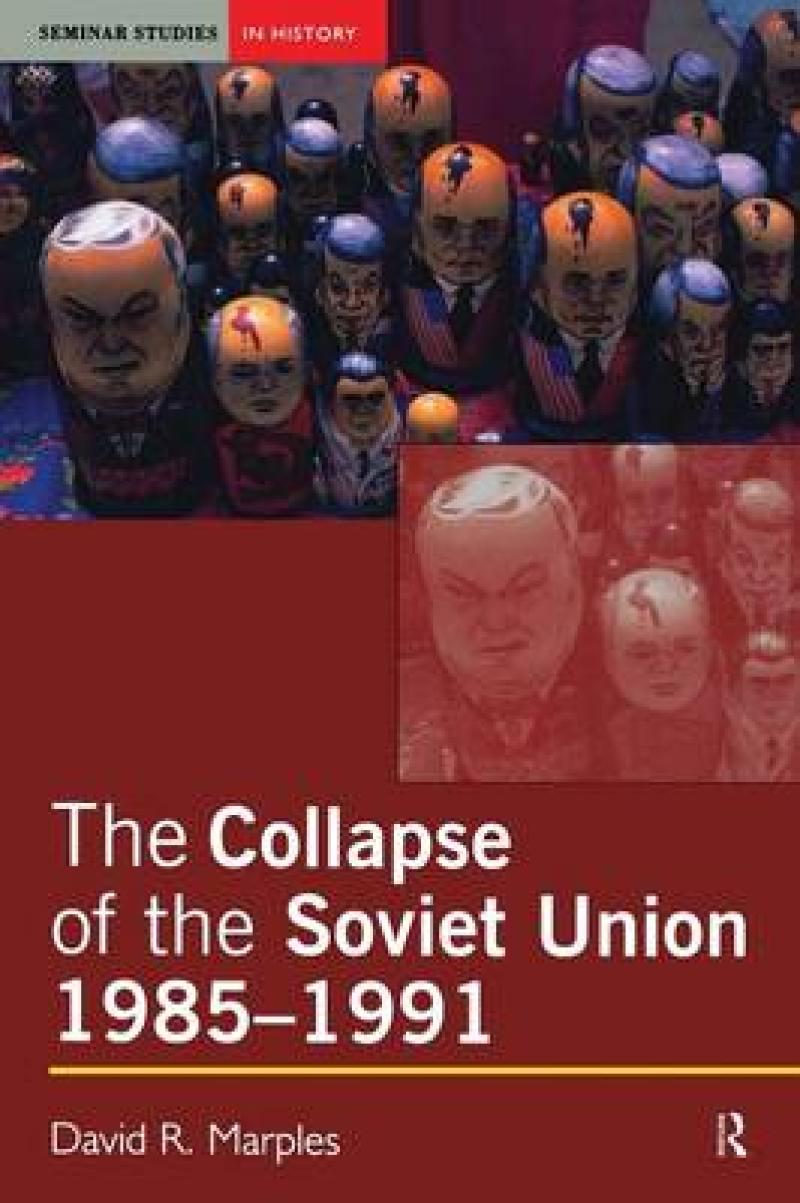Why did the Soviet Union collapse in 1991?
The collapse of the Soviet Union has widely been seen as the result of the arms race and Cold War, and the failure of the Soviet side to keep pace with new technology. This book argues that the disintegration was mainly a result of two interrelated factors: the rise of the Soviet national republics, and the manipulation of the new Russian presidency by Boris Yeltsin in what became a direct power struggle between Yeltsin and the Soviet leader, Gorbachev.
Written in a clear and accessible manner, the book provides:
an explanation of how the national question came to dominate Soviet politics by 1990-1 analysis of the economic crisis that occurred in the late 1980s a chapter devoted to the year 1991, from the referendum to reform the Soviet Union to the unforeseen dissolution of the country by December a discussion of the personalities of and political confrontation between the two key statesman: Gorbachev and Yeltsin
Also containing a Chronology, Glossary and Who's Who of key figures, The Collapse of the Soviet Union is essential reading for students of twentieth century European history.
Les mer
The collapse of the Soviet Union has widely been seen as the reult of the arms race and Cold War, and the failure of the Soviet side to keep pace with new technology. This is an accessible guide to the key events surrounding the disintegration of the USSR.
Les mer
INTRODUCTION PART ONE: BACKGROUND1. GORBACHEV COMES TO POWERPolitical Overview Glasnost Social, Environmental, and Nuclear Power Issues PART TWO: THE YEARS OF PERESTROIKA2. THE ECONOMY AND FOREIGN POLICYThe Economy, 1985-90Acceleration and Anti-Alcohol CampaignsCoal Miners' StrikeEconomic Reform ProgrammesStagnationThe Pavlov Programme Foreign PolicyIdeology and Propaganda Arms ControlArchitects of Soviet Foreign PolicyEastern EuropeEnding the Cold War 3. THE NATIONAL QUESTION The Submerged Dilemma Nagorno-Katabakh The Baltic States Georgia, Ukraine, and Belarus The Plenum on National Policy, September 1989 4. DOMESTIC POLITICS, 1989-MID-AUGUST 1991 The Congress of People's Deputies and New Presidency The 28th Party Congress and Aftermath The Referendum of 17 March 1991 Toward a New Union Treaty 5. THE PUTSCH AND THE COLLAPSE OF THE USSR The Putsch, 18-21 August 1991 Administrative Changes The Failure of the Union Treaty Yeltsin Consolidates His Power The Belavezha Agreement PART THREE: ASSESSMENT6. WHY DID THE SOVIET UNION COLLAPSE? PART FOUR: DOCUMENTSChronologyGlossaryWho's WhoGuide to Further Reading
Les mer
Produktdetaljer
ISBN
9780582505995
Publisert
2004-04-28
Utgiver
Vendor
Longman
Vekt
295 gr
Høyde
234 mm
Bredde
156 mm
Aldersnivå
05, U
Språk
Product language
Engelsk
Format
Product format
Heftet
Antall sider
192
Forfatter
